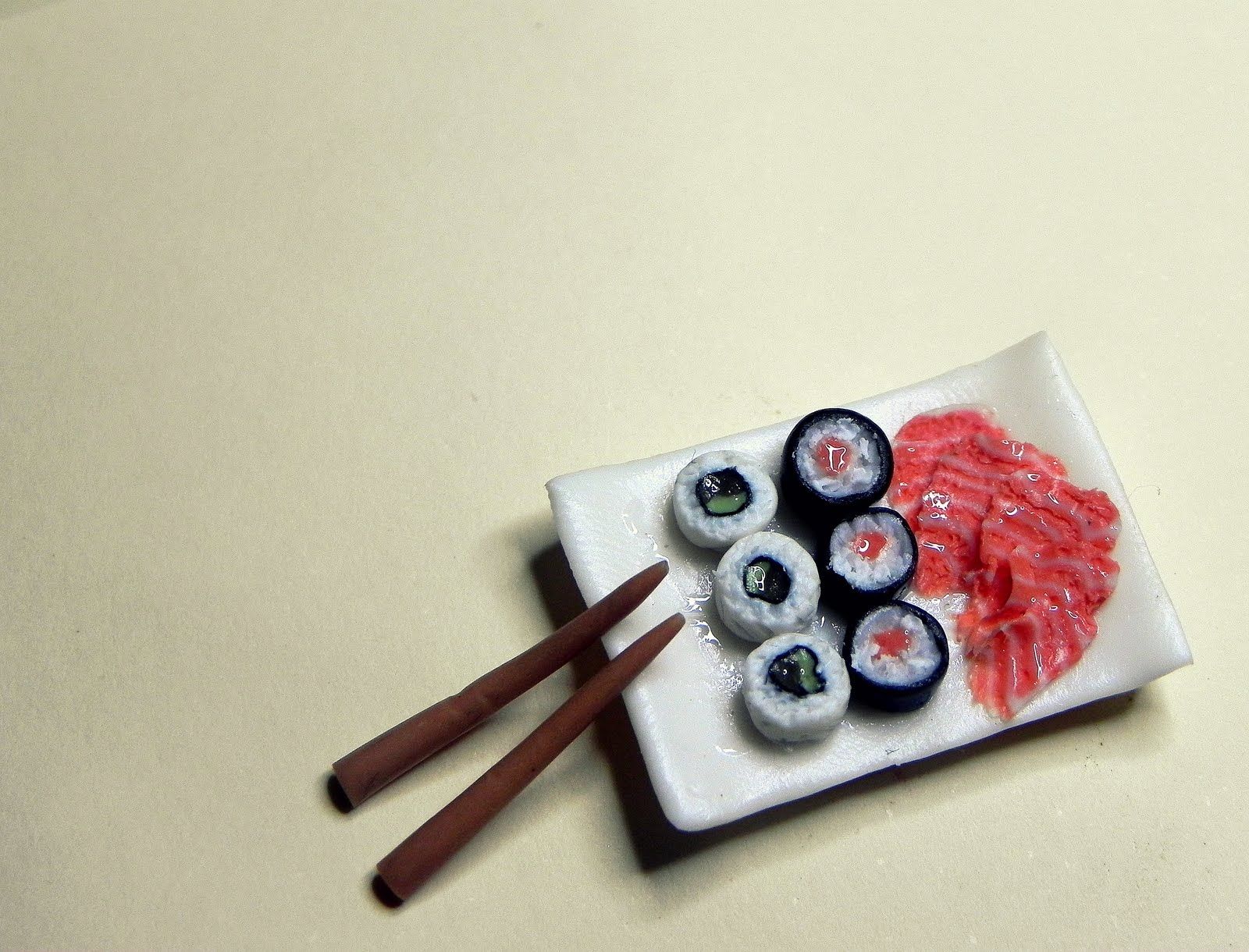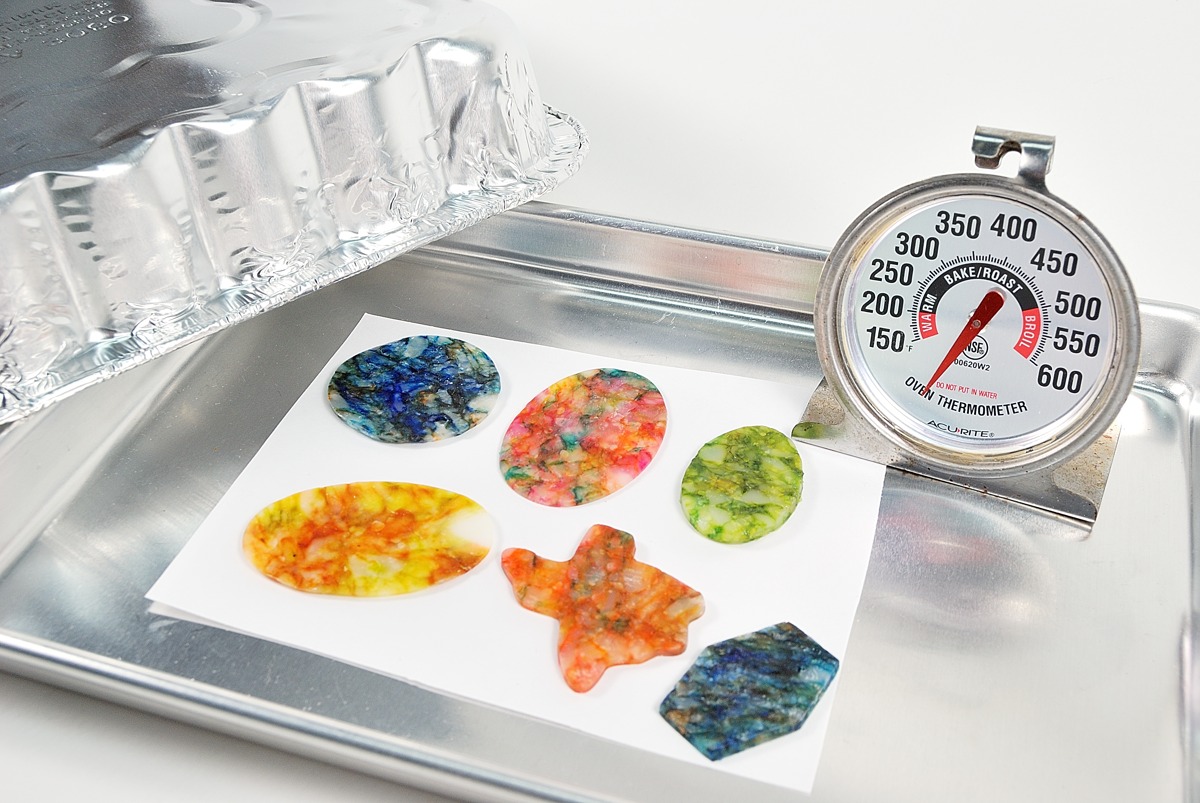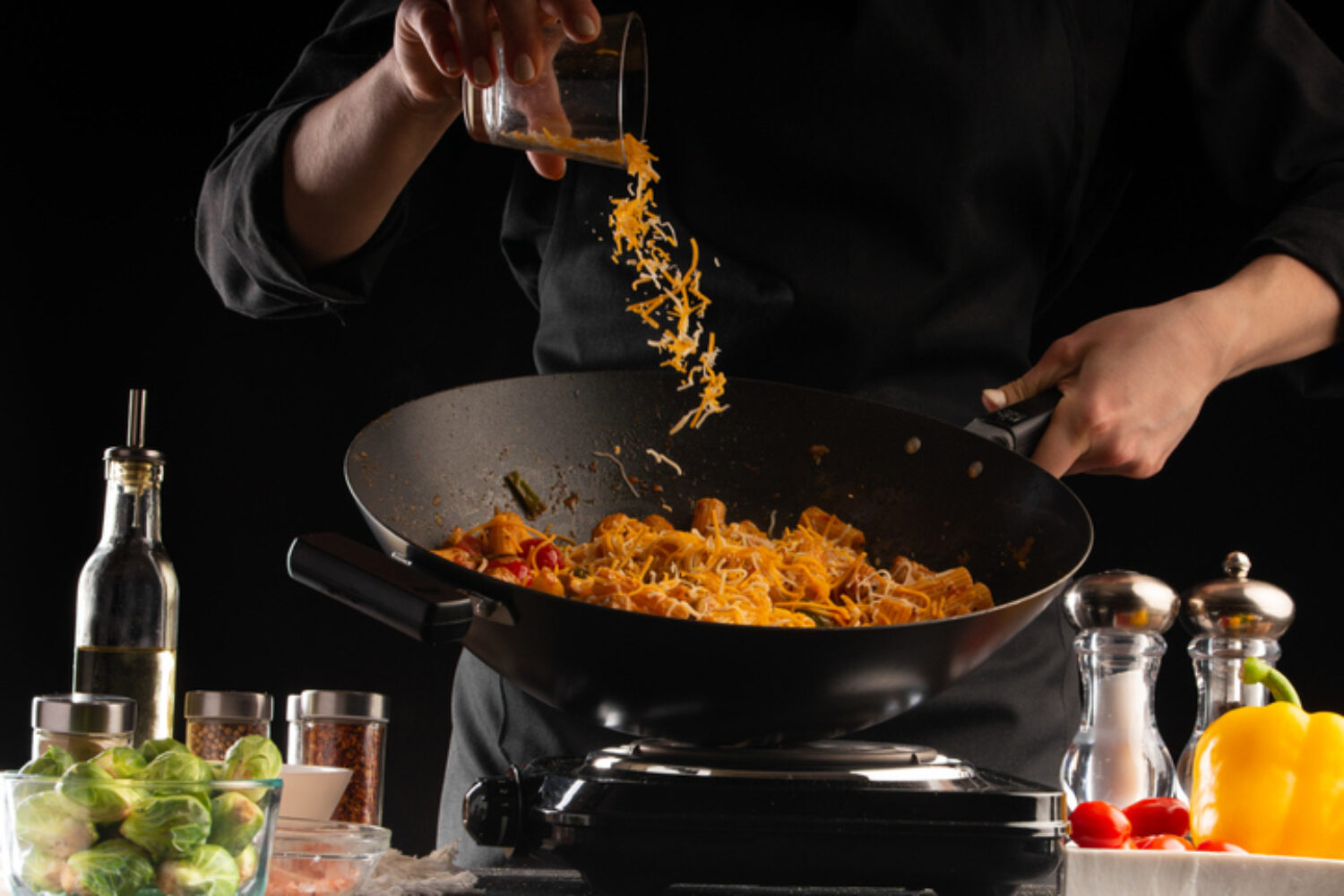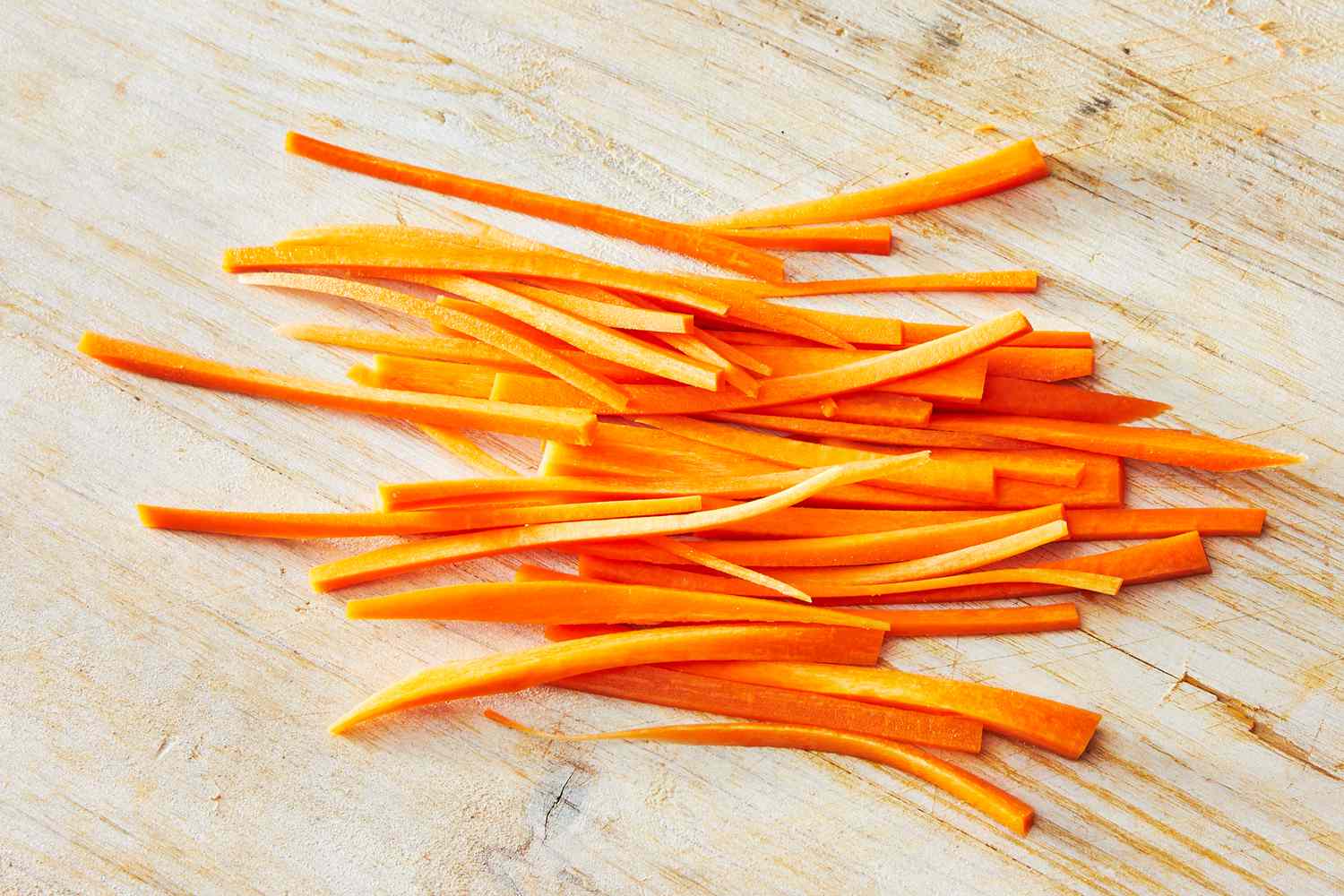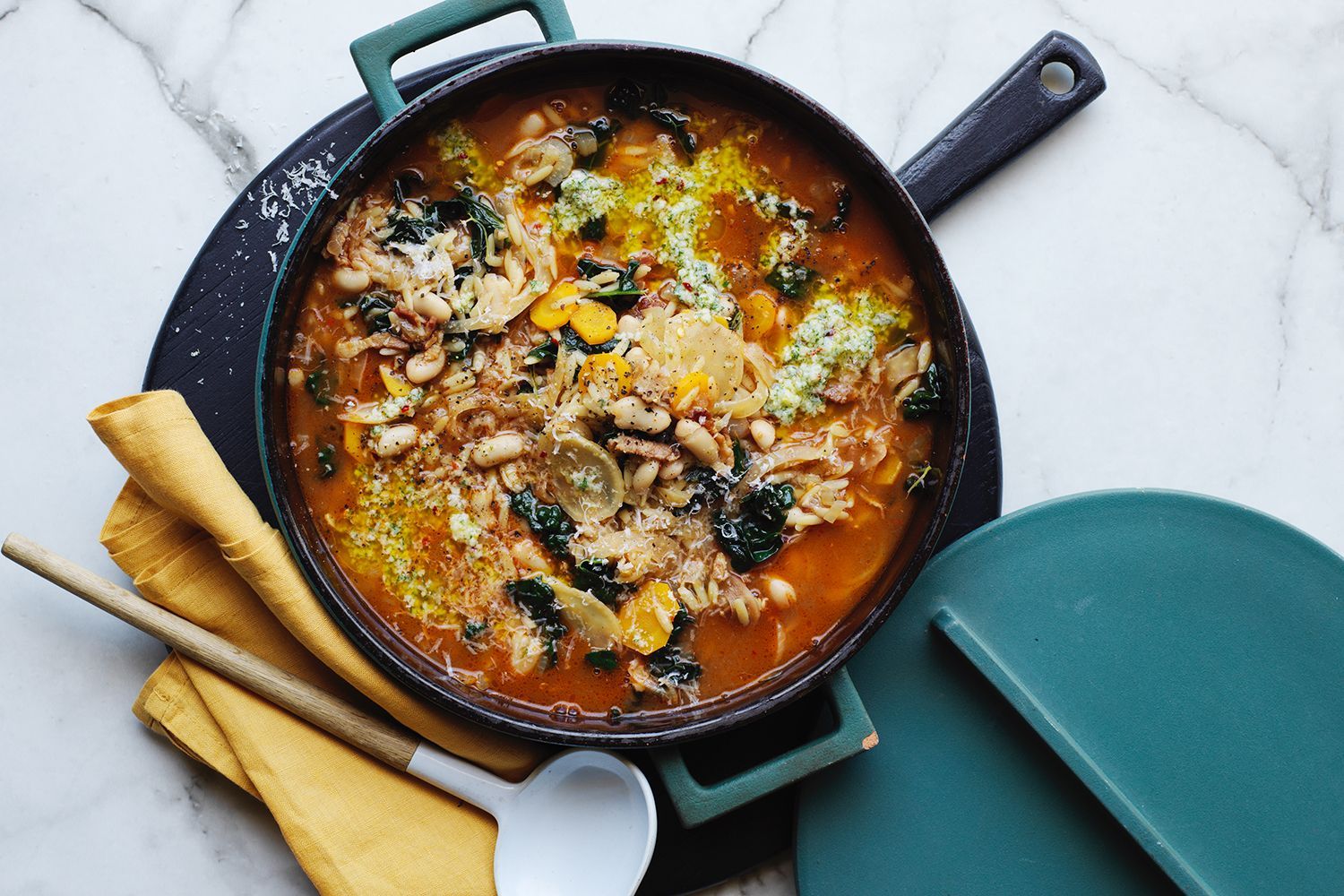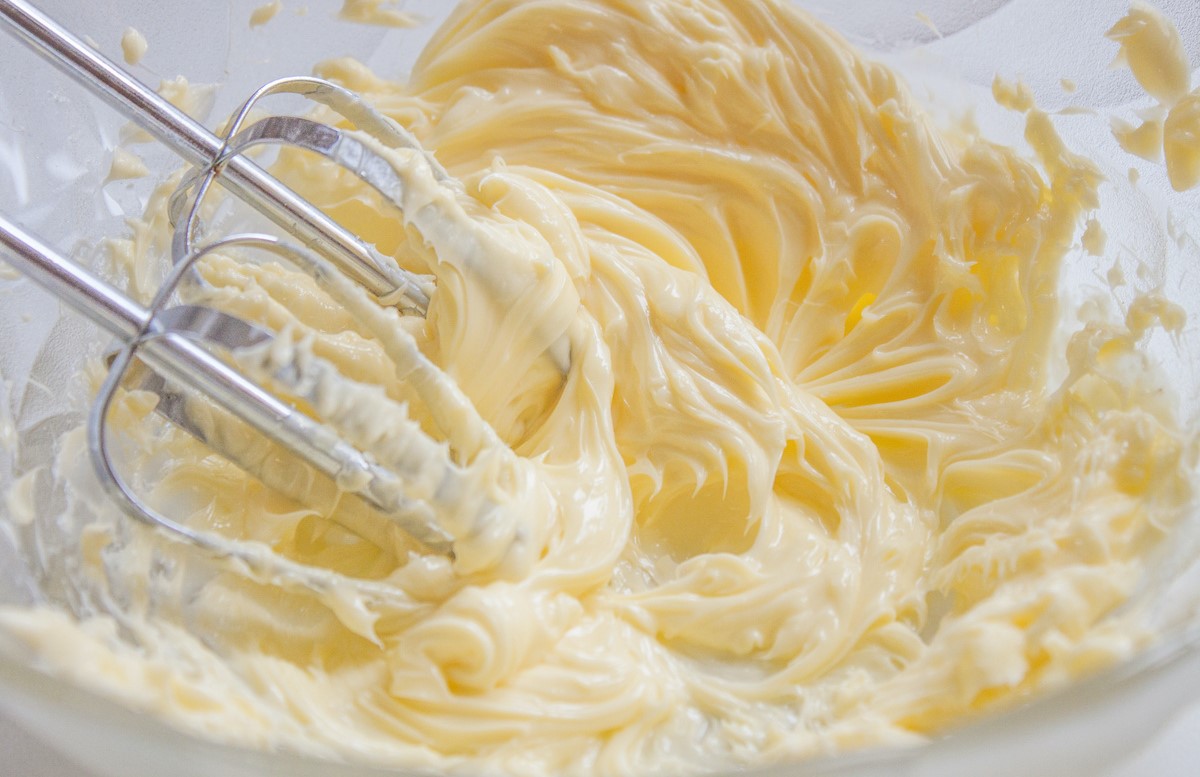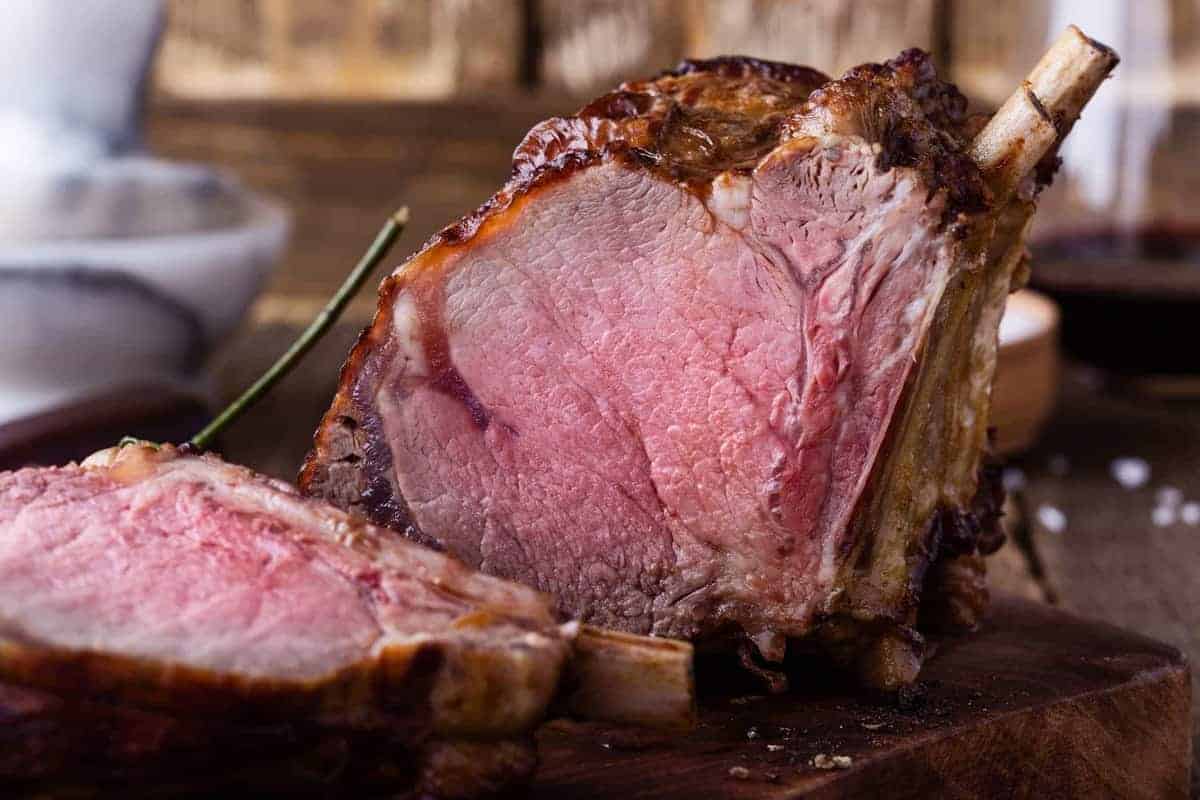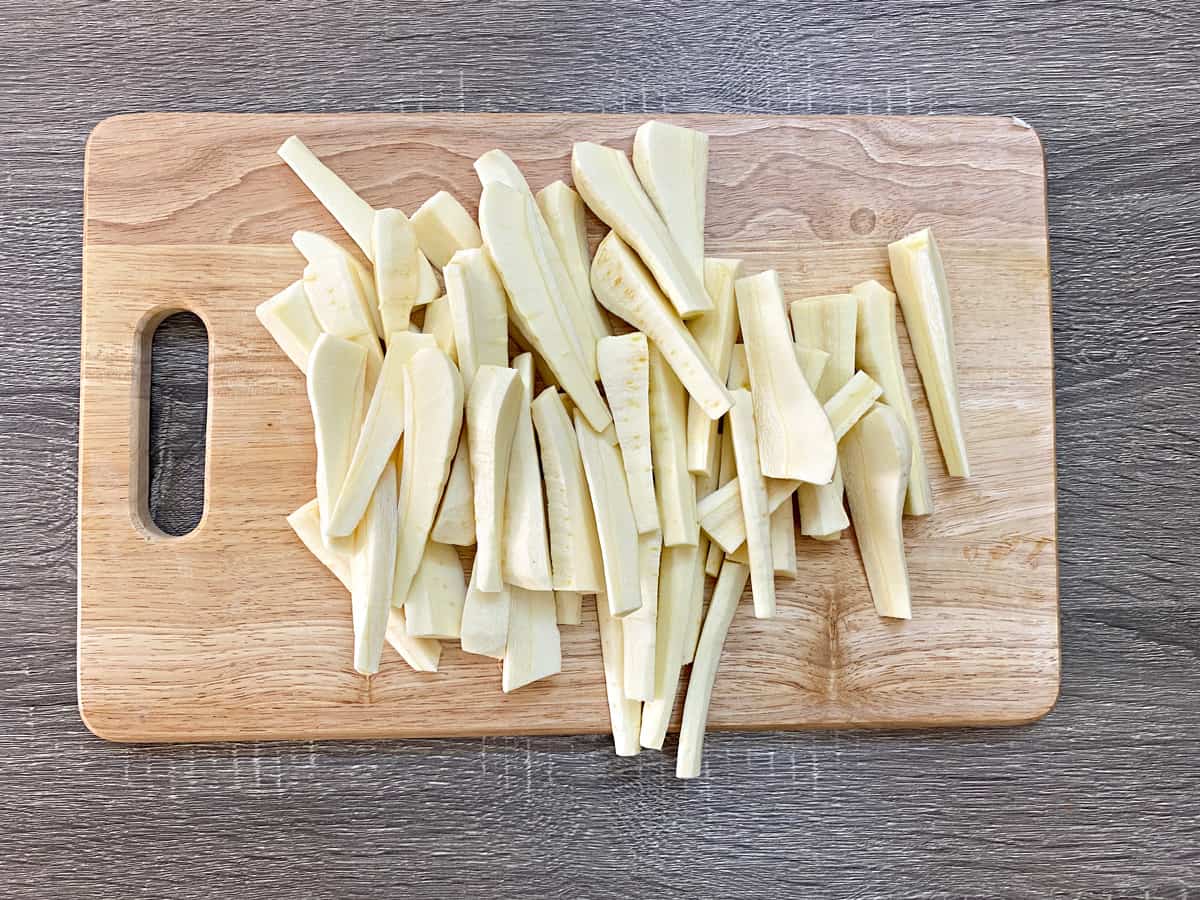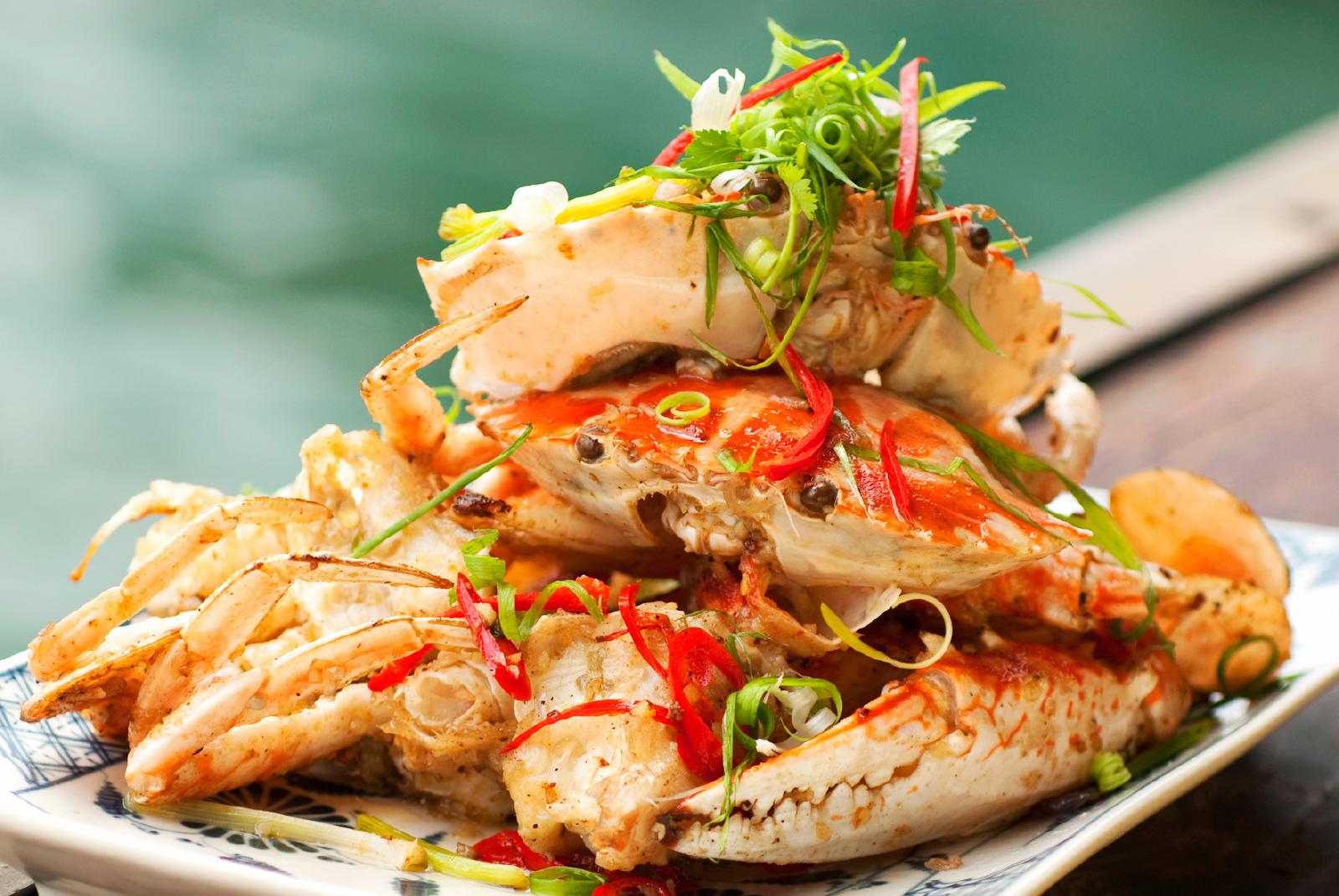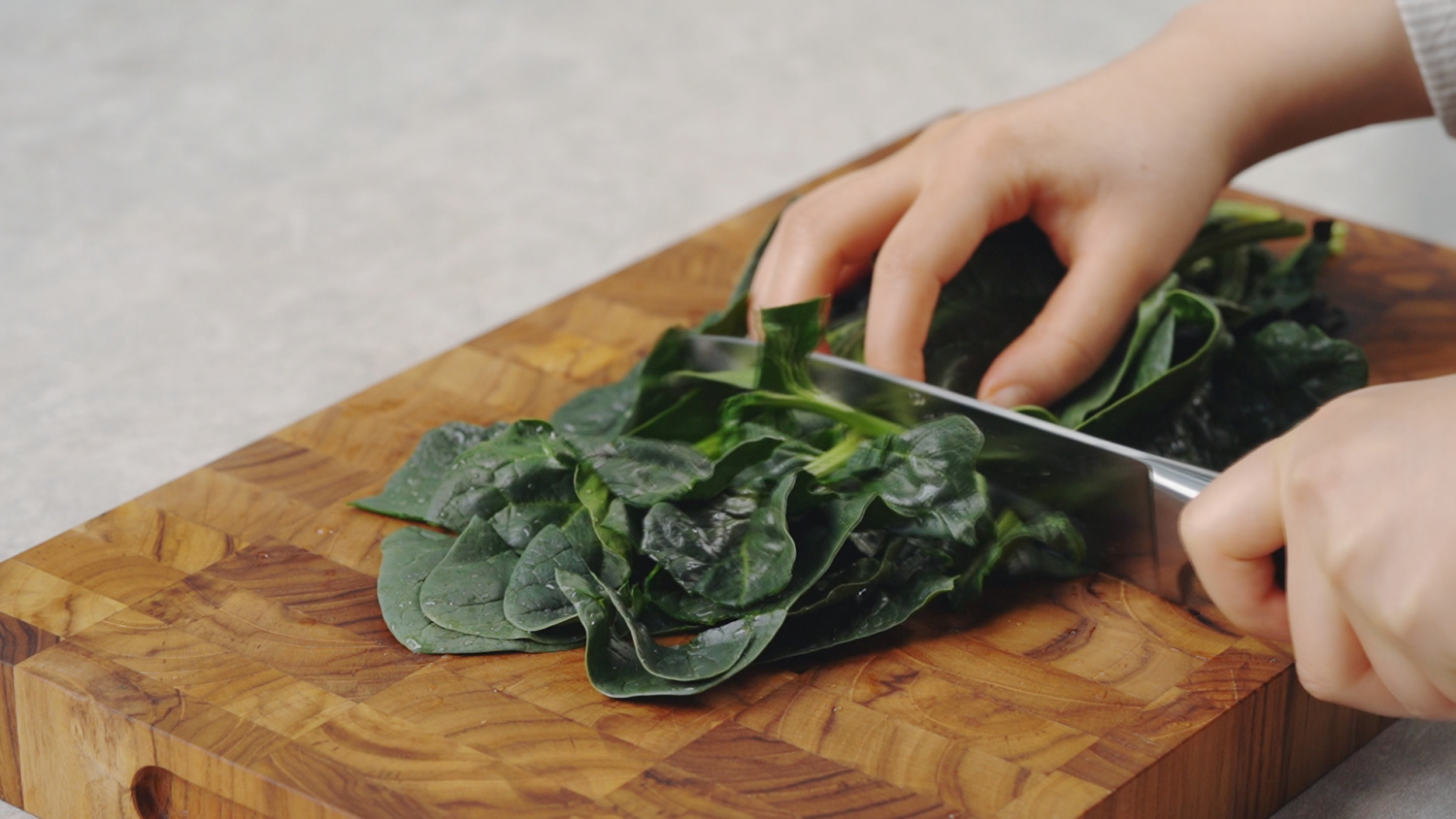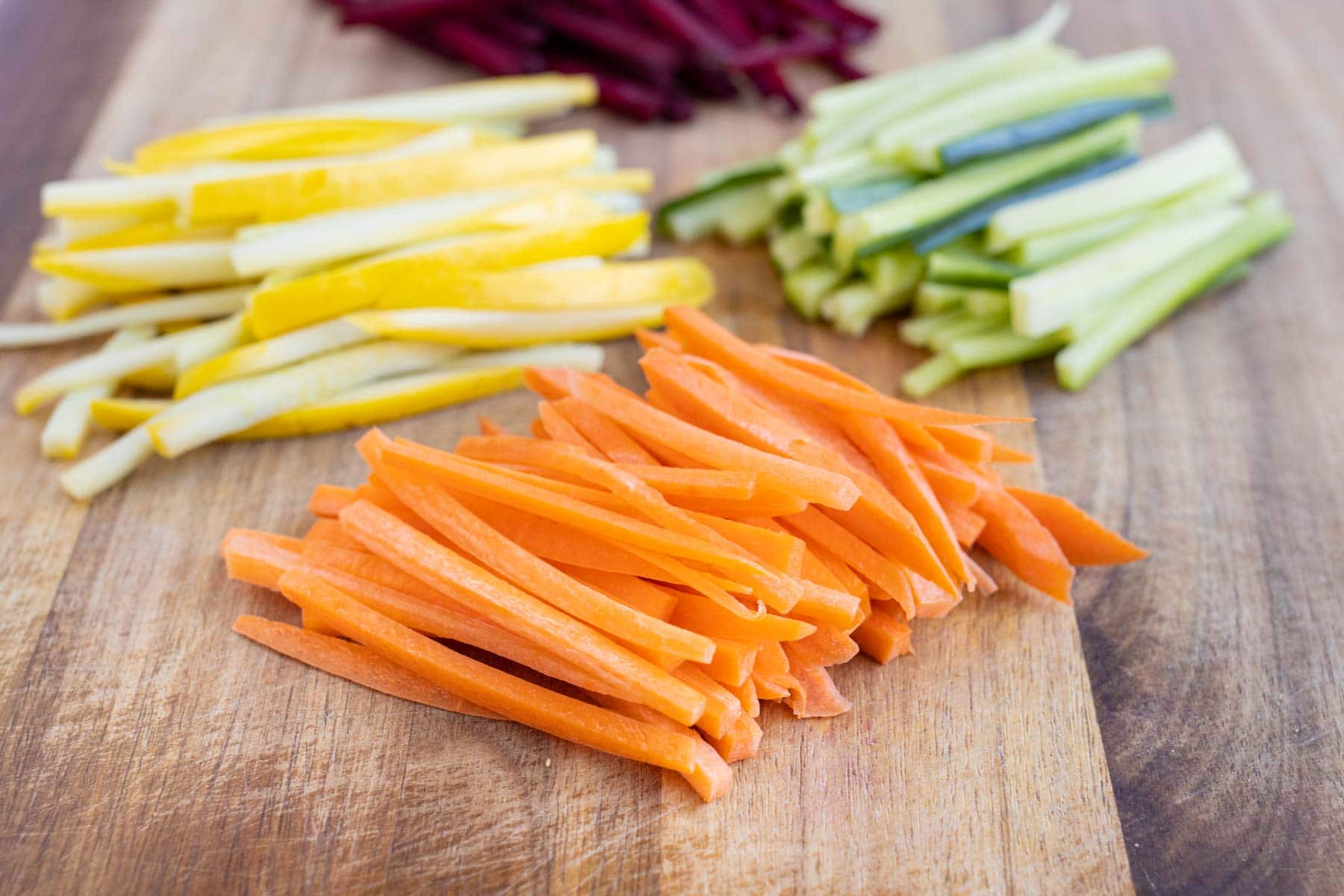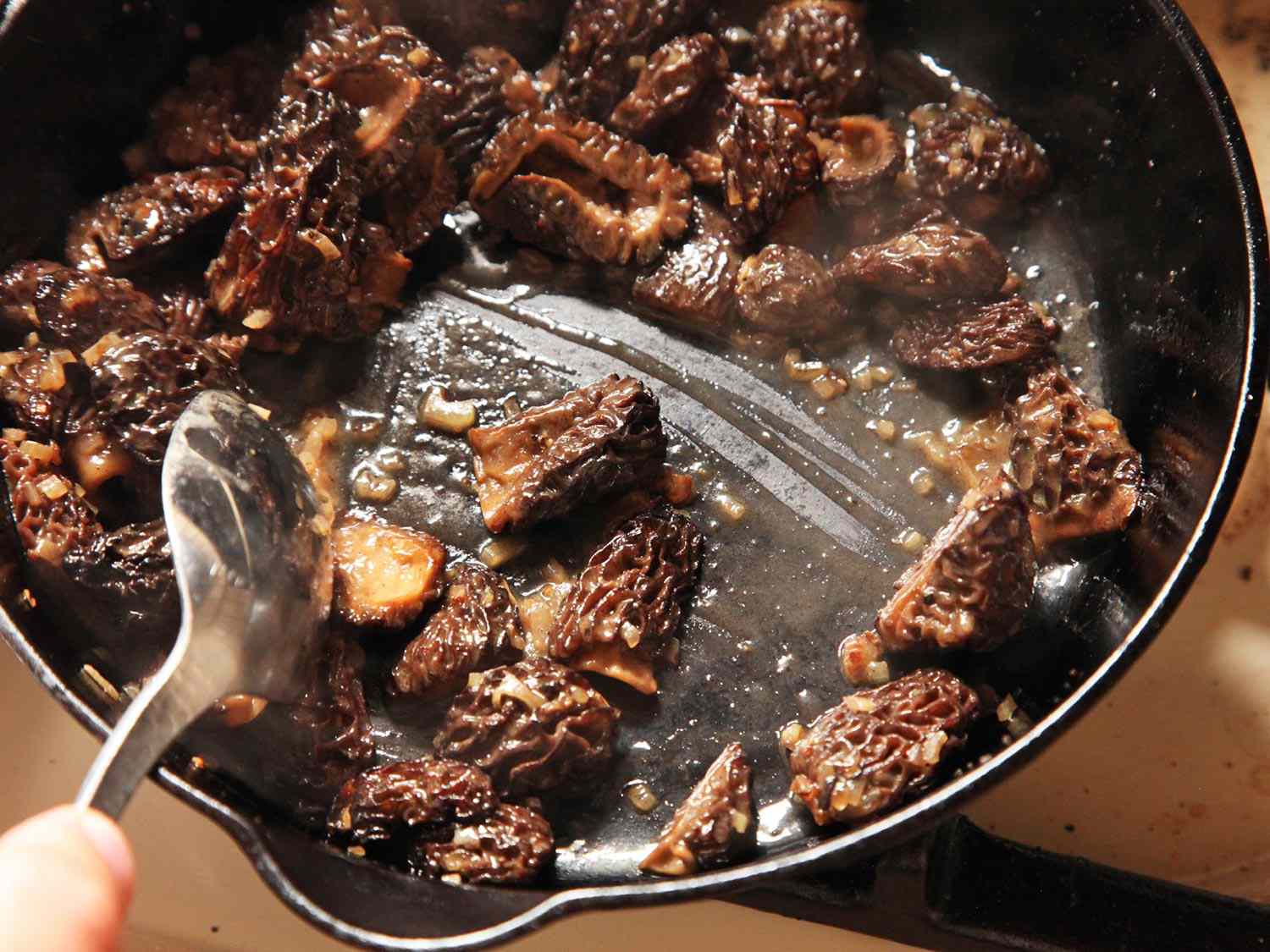Cooking with culinary clays might sound unusual, but it's an ancient technique that adds unique flavors and textures to dishes. These clays, often used in traditional recipes, help retain moisture and infuse food with earthy notes. From baking bread to slow-cooking meats, culinary clays offer a versatile way to enhance your meals. Whether you're using a clay pot, wrapping food in clay, or even incorporating edible clays into recipes, this method can transform your cooking. Dive into the world of culinary clays and discover how this age-old practice can bring a new dimension to your kitchen adventures.
Essential Ingredients for Culinary Clays
Ingredients Needed:
- 1 cup all-purpose flour
- 1/2 cup culinary clay powder
- 1/4 cup water
- 1/2 tsp salt
- 1 tbsp olive oil
- 1/4 tsp baking powder
- 1/2 cup finely chopped herbs (like rosemary, thyme, or basil)
- 1/4 cup grated Parmesan cheese
- 1/2 tsp garlic powder
- 1/4 tsp black pepper
- 1/4 cup finely chopped sun-dried tomatoes (optional)
- 1/4 cup chopped olives (optional)
Tools You Will Need for The Art of Cooking with Culinary Clays
Tools Needed for Cooking with Culinary Clays
- Clay Pot: Essential for slow cooking, retains moisture and enhances flavors.
- Wooden Spoon: Gentle on clay surfaces, perfect for stirring.
- Clay Baking Dish: Ideal for baking bread or casseroles.
- Clay Tagine: Great for Moroccan dishes, keeps steam inside.
- Clay Griddle: Perfect for making flatbreads or tortillas.
- Clay Steamer: Steams vegetables and dumplings evenly.
- Clay Roaster: Excellent for roasting meats and vegetables.
- Clay Water Jug: Keeps water cool naturally.
- Clay Mortar and Pestle: Crushes spices and herbs effectively.
- Clay Serving Bowls: Adds a rustic touch to meal presentation.
- Clay Tea Pot: Enhances the flavor of brewed tea.
- Clay Bread Cloche: Creates a perfect crust on homemade bread.
- Clay Fermentation Crock: Ideal for making sauerkraut or pickles.
- Clay Pizza Stone: Bakes pizza with a crispy crust.
- Clay Yogurt Maker: Keeps yogurt at the right temperature for fermentation.
- Clay Grill Pan: Adds a unique flavor to grilled foods.
- Clay Soup Pot: Perfect for simmering soups and stews.
- Clay Rice Cooker: Cooks rice evenly and retains moisture.
- Clay Bean Pot: Slow-cooks beans to perfection.
- Clay Spice Jar: Keeps spices fresh and dry.
Culinary clays, like kaolin or bentonite, can enhance texture and flavor in dishes. They help thicken sauces, stabilize emulsions, and add unique mineral notes to your culinary creations.
Why Use Culinary Clays?
Culinary clays add unique flavors and textures to dishes. They help retain moisture and nutrients during cooking. Using clays can enhance the aroma and taste of food, making meals more delicious. Chefs and home cooks alike appreciate the natural and earthy qualities that clays bring to their recipes.
Step-by-Step Guide to The Art of Cooking with Culinary Clays
Step-by-Step Guide to The Art of Cooking with Culinary Clays
1. Choose Your Clay
- Types of Clay: Select from red clay, white clay, or green clay. Each type has unique properties.
- Food-Grade: Ensure the clay is food-grade to avoid contaminants.
2. Prepare the Clay
- Soak: Place the clay in water for 24 hours to soften.
- Knead: Work the clay with your hands until it reaches a smooth consistency.
3. Shape the Clay
- Forming: Mold the clay into desired shapes using your hands or molds.
- Thickness: Keep the thickness uniform, around 1/4 inch, for even cooking.
4. Dry the Clay
- Air Dry: Let the shaped clay air dry for 48 hours.
- Check: Ensure the clay is completely dry before proceeding.
5. Fire the Clay
- Kiln: Place the dried clay in a kiln and fire at low temperature.
- Monitor: Keep an eye on the temperature to avoid cracking.
6. Season the Clay
- Oil: Rub the fired clay with a thin layer of vegetable oil.
- Bake: Place in an oven at 200°F for 1 hour to season.
7. Prepare Ingredients
- Marinate: Marinate meats or vegetables in your favorite spices.
- Chop: Cut ingredients into uniform pieces for even cooking.
8. Assemble the Dish
- Layer: Place a layer of ingredients in the clay pot.
- Liquid: Add a small amount of broth or water to prevent drying.
9. Cook the Dish
- Oven: Preheat the oven to 350°F.
- Bake: Place the clay pot in the oven and cook for 1-2 hours.
10. Monitor Cooking
- Check: Periodically check the dish to ensure it’s cooking evenly.
- Adjust: Adjust temperature or liquid as needed.
11. Serve
- Cool: Allow the clay pot to cool slightly before serving.
- Garnish: Add fresh herbs or spices for extra flavor.
12. Clean the Clay
- Hand Wash: Wash the clay pot by hand with warm water and a soft brush.
- Dry: Let it air dry completely before storing.
13. Store the Clay
- Cool Place: Store the clay pot in a cool, dry place.
- Avoid Moisture: Keep away from moisture to prevent mold.
14. Maintain the Clay
- Re-season: Periodically re-season the clay with oil and baking.
- Inspect: Check for cracks or damage before each use.
Crafting Culinary Masterpieces with Clay
Cooking with culinary clays opens up a world of flavors and textures that traditional methods can't always achieve. These natural materials not only enhance the taste of your dishes but also add a unique element of presentation. Whether you're using terracotta, kaolin, or bentonite, each type of clay brings its own characteristics to the table. From slow-cooked stews to crispy baked goods, the possibilities are endless. Embrace the ancient techniques and modern twists that culinary clays offer. Experiment, have fun, and let your creativity shine. Your kitchen will become a place of innovation and delight. So, next time you're planning a meal, consider reaching for some culinary clay. Your taste buds will thank you, and your guests will be impressed. Happy cooking!
Frequently Asked Questions About Culinary Clays
What are culinary clays?
Culinary clays are special types of clay used in cooking to enhance flavors and textures. They can be used to wrap food, create molds, or even as a cooking vessel.
How do you use culinary clays in cooking?
You can use culinary clays to wrap meats, vegetables, or fish before baking. The clay seals in moisture and flavors, creating a unique taste and texture. Just make sure to remove the clay before serving!
Are culinary clays safe to use?
Yes, culinary clays are food-grade and safe for cooking. Always check the packaging to ensure it’s specifically labeled for culinary use.
Can you reuse culinary clays?
Most culinary clays are not reusable. Once they've been baked, they harden and can’t be reshaped. It’s best to use fresh clay for each cooking session.
Where can I buy culinary clays?
You can find culinary clays at specialty cooking stores, online retailers, or sometimes in the baking section of larger supermarkets.
Do culinary clays add flavor to the food?
Culinary clays themselves are neutral in flavor but help to intensify the natural flavors of the food by sealing in moisture and aromas during cooking.
What types of dishes work best with culinary clays?
Dishes like baked fish, roasted vegetables, and even some desserts can benefit from using culinary clays. They’re especially great for recipes that require slow cooking.
